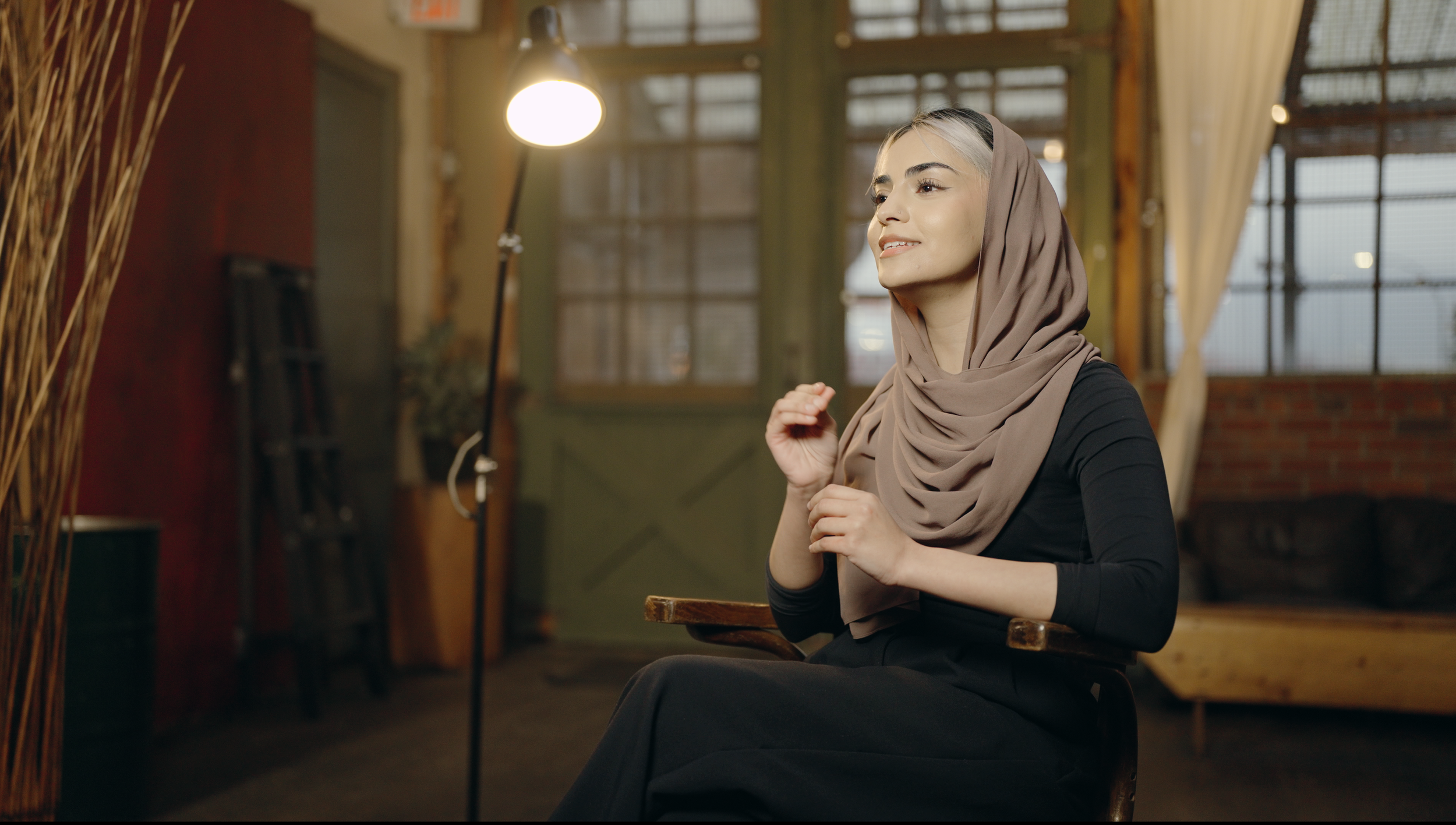
Ramadan Recharged: Cinematic Storytelling for Muslim Mental Health
Whatever it is, the way you tell your story online can make all the difference.
We had the privilege of collaborating with Ruh Care, a visionary mental health clinic dedicated to serving the Muslim community with grace and authenticity. In a world where mental health is often discussed in broad strokes, Ruh Care dares to go deeper, thoughtfully addressing the nuanced challenges faced by Muslims today. Their mission is as profound as it is personal: to nurture the most powerful part of who we are, our minds.



Behind the Frame: Directing the Ramadan Recharged Series
When Ruh Care approached me to direct the Ramadan Recharged Series, their vision was clear: mental health, framed in a way that feels human, warm, and deeply authentic to the Muslim experience.
This wasn’t about producing another sterile clinic video. It was about creating a sanctuary on screen — a space that whispered stillness, invited presence, and felt like a safe room for conversations around faith and well-being. The challenge was to design a set that carried both cinematic elegance and spiritual intimacy.
Lighting as Language
The first principle was simple: light carries mood.
Natural Sunlight (5000K, 83%) did most of the heavy lifting, pouring in through skylights and setting a soft, diffused baseline. This natural light became the backbone of authenticity.
ARRI 1K Tungsten (3200K, 40%) balanced the warmth, ensuring skin tones didn’t get washed out against the cool daylight. Think of it as restoring white balance inside the narrative, not just the sensor.
Nanlite 500D (5600K, 97%) provided a crisp, practical lift — bright enough to feel “alive” without breaking the stillness.
SmallRig 120D (5600K) carved out a gentle hair light, adding separation and dimension, while keeping edges soft.
Neewer 660 (3200K, 62%) introduced depth, filling shadows with subtle warmth.
Finally, a practical floor lamp was placed deliberately in-frame. Its purpose wasn’t just illumination — it was symbolism. Practical light anchors the frame in realism, reminding the viewer that this is a lived-in space, not a set.
Together, these sources formed a visual conversation: warm versus cool, sun versus tungsten, real versus constructed. The blend made the environment feel natural, but carefully curated.
The Camera’s Perspective
Two cameras gave us both intimacy and context:
A-Cam (Nikon Z6) was our workhorse. Shooting 4K, 4:2:2 in N-log, paired with 7Artisans cinema glass. These lenses are known for their painterly rendering, especially in skin tones, which was vital here. They don’t just capture a face — they soften it into presence.
B-Cam (Sony A7IV) sat wider, designed to contextualize. While A-Cam was about the individual’s truth, B-Cam was about placing that truth inside a sanctuary. It layered the wicker chair, the textured wall, and the practical lamp into one frame — symbols of calm, familiarity, and care.
Every frame was built to slow the viewer down. No handheld shakiness. No quick pans. Just locked-off compositions that asked you to breathe with the subject.
Set Design as Storytelling
The production notes said it best: Ruh Care wanted this to feel “less like a clinic, more like a home.”
That meant stripping away excess. Minimal props, no distractions, just intentional presence. The wicker chair softened the clinical expectation of metal or plastic seating. The textured walls carried history, grounding the scene in reality. The dried plants gave warmth without overwhelming. Negative space was embraced — silence in the frame, to reflect silence in the mind.
It’s a common mistake in production to overfill a set. But here, the goal was subtraction. The less the frame carried, the more the subject’s words could breathe.
Production Mindset
What mattered most wasn’t the gear, but the why. Every light ratio, every lens choice, every framing decision asked the same question
Does this feel like a sanctuary?
This mindset guided restraint. Instead of chasing visual spectacle, we chased presence. We leaned into softness. We respected silence.
Because mental health stories aren’t about flashy edits — they’re about creating trust. The audience needed to feel safe. The subject needed to feel safe. And only then could the camera quietly disappear, leaving behind just the message.
Impact
The result wasn’t just technical success, it was cultural resonance.
Over 15,000 viewers engaged with the Ramadan Recharged Series across platforms. More importantly, they didn’t just watch — they reflected. Messages came in from Muslims across communities, saying the visuals gave them space to think, to feel, to reconnect.
Final Reflection
As a director, this project reminded me of something simple: filmmaking isn’t always about building spectacle. Sometimes, it’s about stripping away noise until what remains is human, pure, and unguarded.
In the end, Ramadan Recharged wasn’t just content — it was sanctuary. And sanctuary is what people remember long after the camera turns off.
Do you want me to also add a sidebar section at the end with “Technical Specs” (a quick bullet list of all light setups, cameras, lens choice, color temps) for the gearheads who might read your site? That way the essay stays narrative, but they get the raw data too.